Biomedical Engineering Reference
In-Depth Information
A
Optimization of layout
Optimization of principle
Detailed
design
Embodiment
Final
documentation
Clarification
Conceptual
design
Upgrade and improve
Need
Solution
Information: adapt specification
Overall flow of project development
B
Clarification
Embodiment
Detailed
design
Final
documentation
Conceptual
design
Figure 3.5
Linear design phase model: (A) original model; (B) extracted model.
3.2.2 Divergent-Convergent Model
Because the models are abstract in thought, it is difficult to visualize the reality. I now
propose to present an alternative model, which I hope better illustrates the design process in
all its glory. If we take the phases identified previously we can produce a model, as illustrated
in
Figure 3.7
.
The overall boundary is “funnel” shaped for a specific reason, which will be described
later. Again, this has been presented as a linear task, from left to right, solely for clarity of
presentation. Hidden within this “funnel” is a series of twists, turns, roundabouts, and stop
signs; again, these events will be discussed and presented in more detail later.
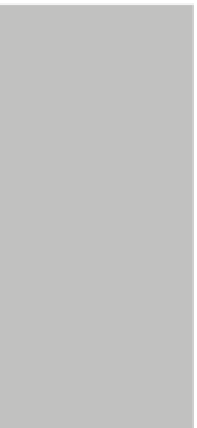
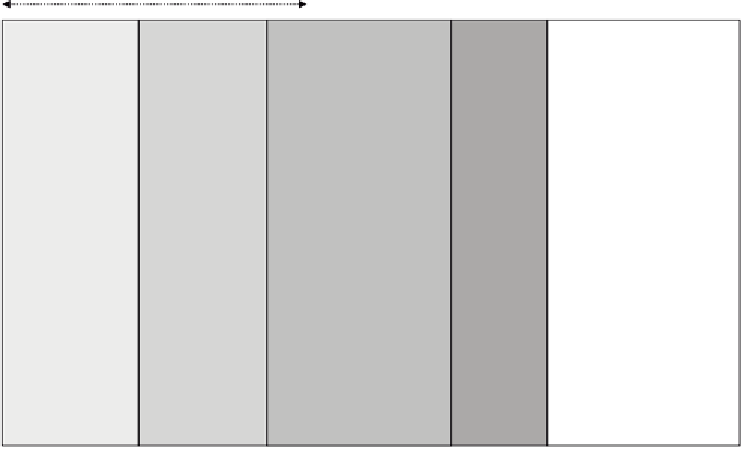




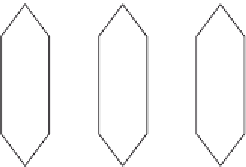























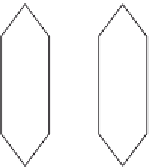




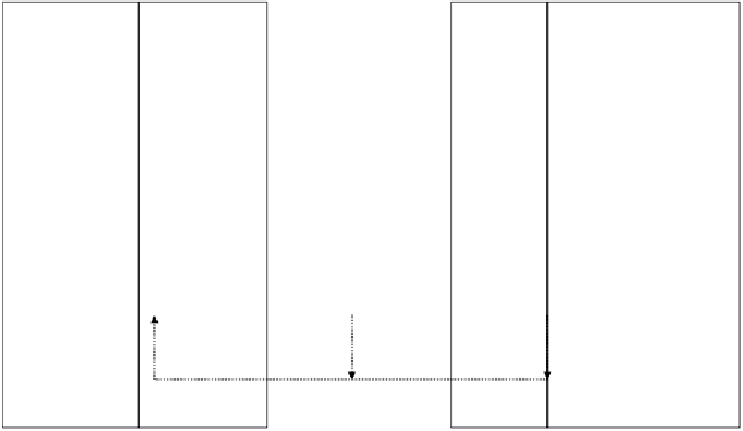















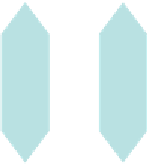










Search WWH ::

Custom Search